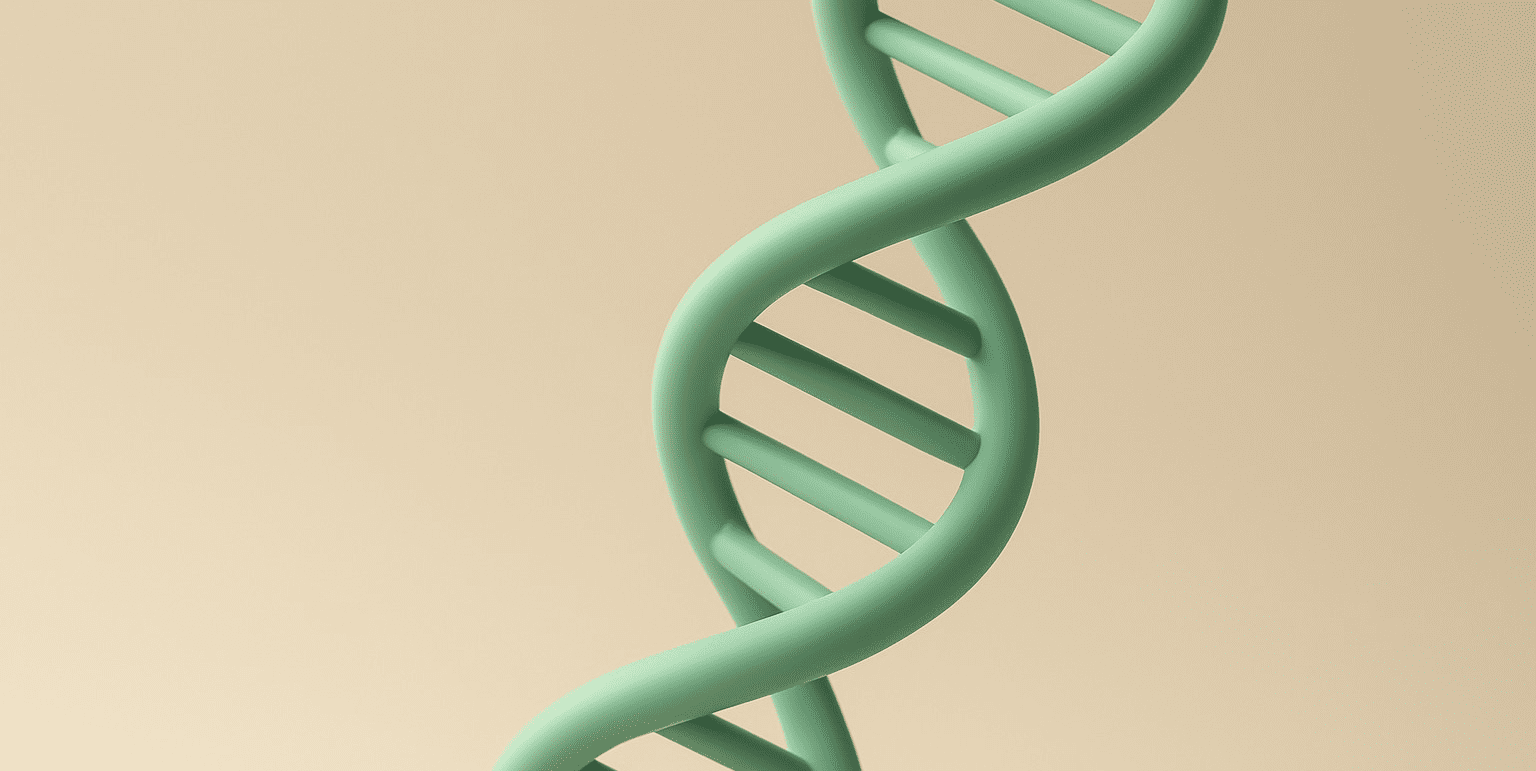- The genetic code is the set of rules used by living cells to translate information encoded within genetic material (DNA or mRNA sequences) into proteins.
- It is essentially the blueprint for how the sequences of nucleotides in DNA and RNA are converted into the amino acid sequences of proteins.
Components of the Genetic Code
-
Nucleotides:
- The basic building blocks of DNA and RNA.
- DNA nucleotides include adenine (A), thymine (T), cytosine (C), and guanine (G).
- RNA nucleotides include adenine (A), uracil (U), cytosine (C), and guanine (G).
-
Codons:
- A sequence of three nucleotides that together form a unit of genetic code in a DNA or RNA molecule.
- Each codon corresponds to a specific amino acid or a stop signal during protein synthesis.
- There are 64 possible codons (4^3 combinations of the four nucleotides).
-
Amino Acids:
- The building blocks of proteins.
- There are 20 standard amino acids encoded by the genetic code.
Advertisements
Examples of Codons and Their Corresponding Amino Acids
| Codon | Amino Acid |
| AUG | Methionine (Start) |
| UUU, UUC | Phenylalanine |
| UUA, UUG | Leucine |
| GUU, GUC, GUA, GUG | Valine |
| UAA, UAG, UGA | Stop codons |
Applications of Genetic code
- Understanding the code has numerous applications in biotechnology and medicine, including:
- Genetic Engineering: Introducing new genes into organisms to produce desired proteins or traits.
- Gene Therapy: Correcting genetic disorders by repairing or replacing defective genes.
- Personalized Medicine: Tailoring medical treatments to individuals based on their genetic makeup.
- Forensic Science: Using DNA sequences to identify individuals in criminal investigations.
Advertisements

